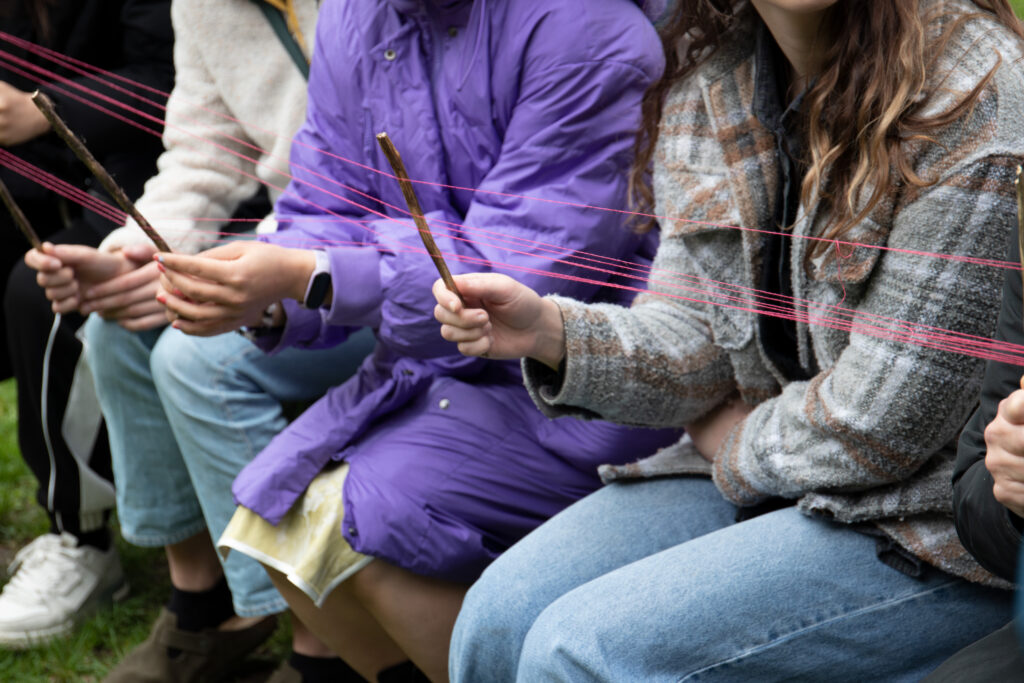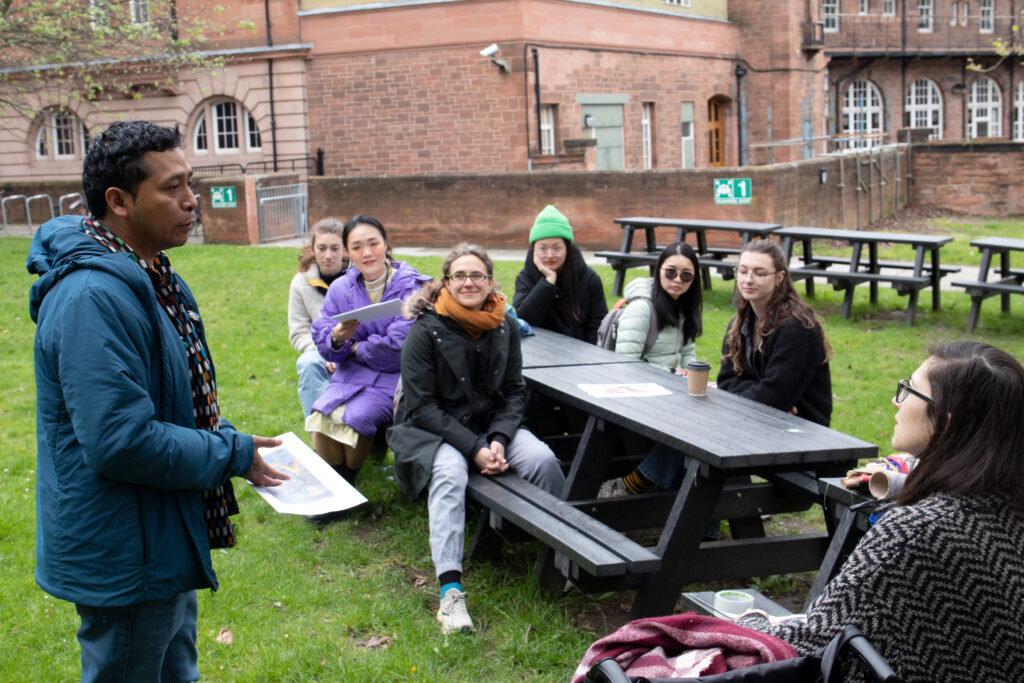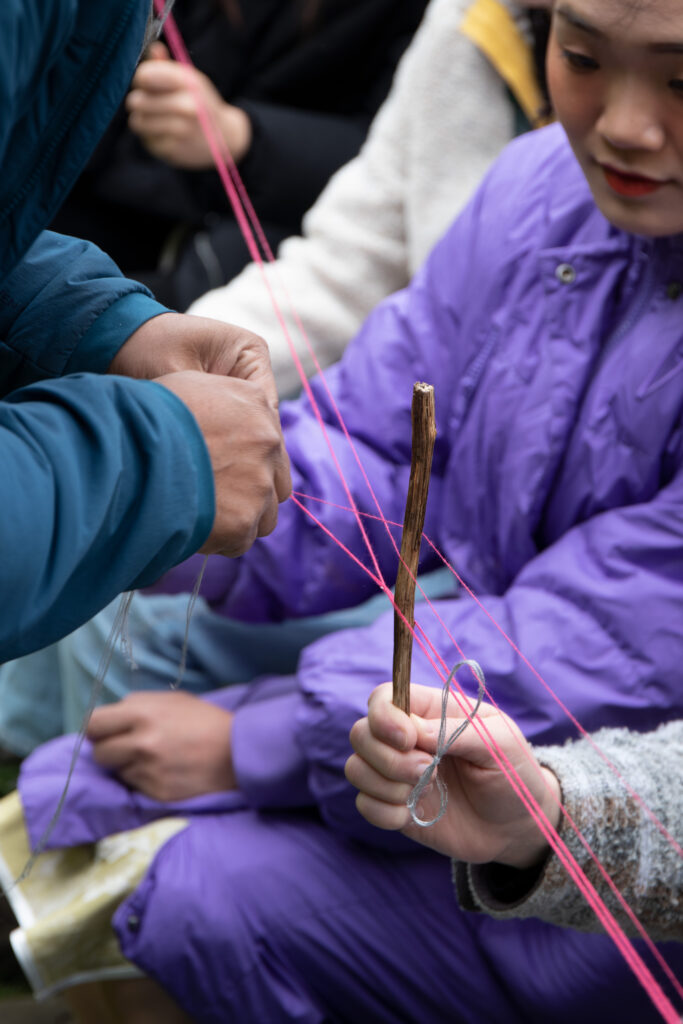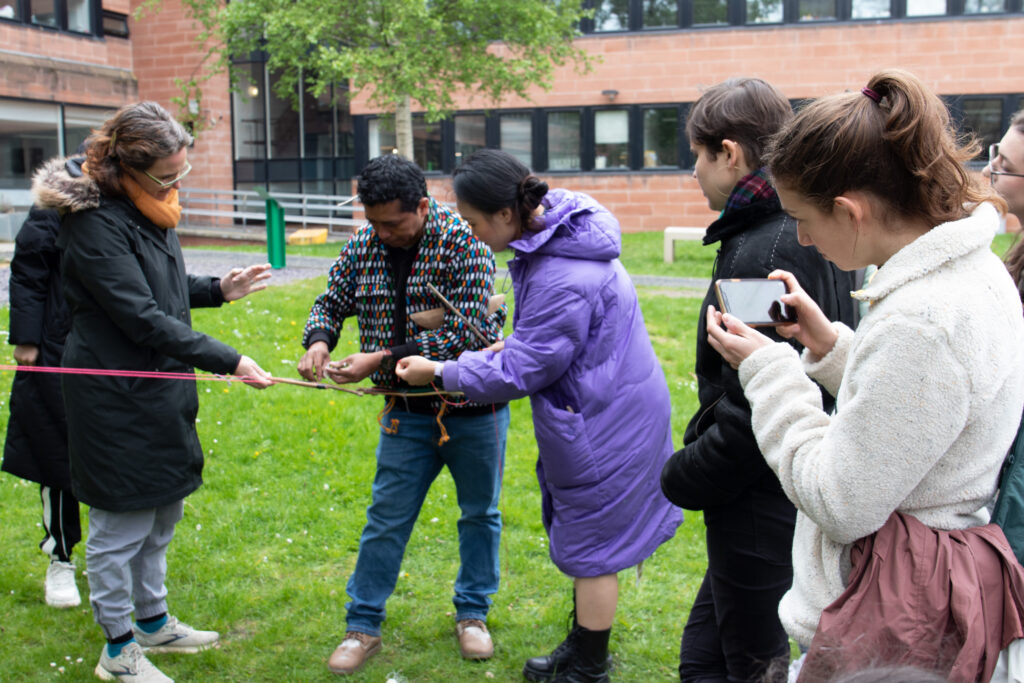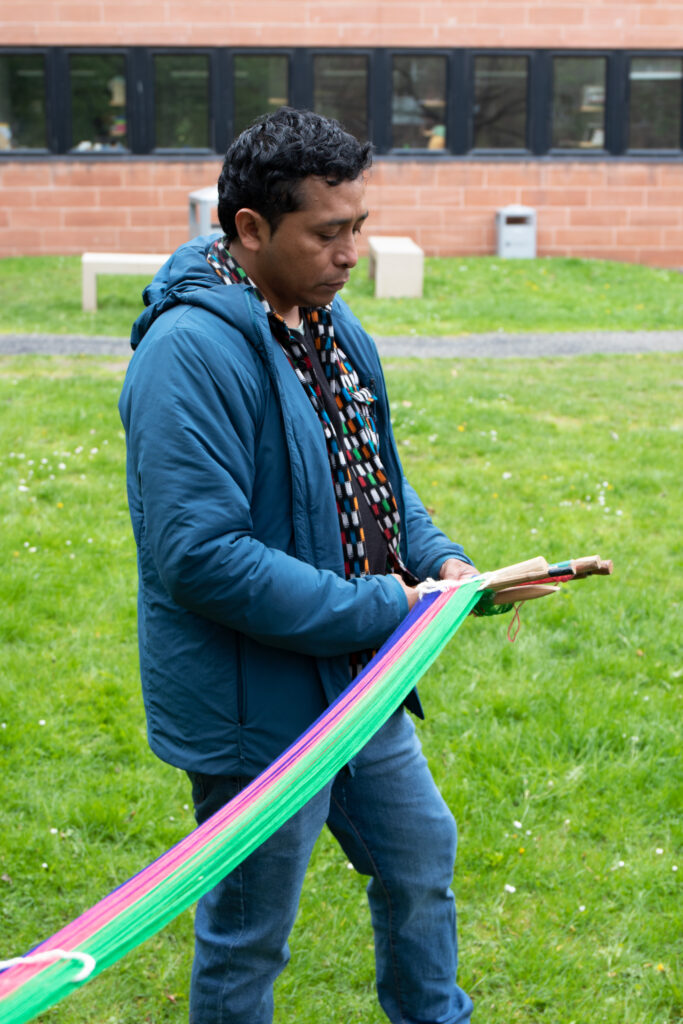This past academic year the History of Art department partnered with 25 cultural institutions, based across Scotland and beyond, resulting in a rich array of work placement opportunities for our undergraduate and postgraduate students, from curatorial work to arts management and beyond. Through this programme students and institutions were able to work together to further/support institutional projects, including contributing to web and social media platforms, outreach programmes, marketing and research and conservation tasks. While there were many success stories this past year, here are a few examples showcasing the programme’s potential for both the students and the participating/partner institutions.
As part of her placement at the Summerlee Museum in North Lanarkshire, undergraduate student Neha wrote a blog post about an overlooked in Art History Scottish woman artist Amelia Frood, which is available to read on the North Lanarkshire Council’s CultureNL website. To help expand her research on the artist (which Neha undertook across a variety of Scotland-based archives), Neha also reached out through an article in a national newspaper to the wider public to find members of the local community who may have personally known Frood or her circle. Following the end of the placement, Neha went on to co-curate an exhibition on Scottish artist Millie Frood, which is currently held at the North Lanarkshire Heritage Centre in Motherwell from 3rd February to 6th May.
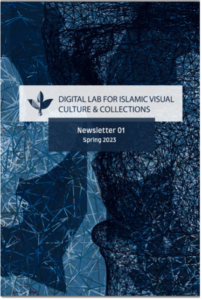
https://digitallabivcc.com/uncategorized/spring-2023-newsletter-now-available/.
Working for the Digital Lab for Islamic Visual Culture & Collections, undergraduate Fine Art student Aisha and postgraduate MSc student Isabella collaboratively helped co-edit and design a spring edition of the newsletter (image on the left), highlighting the Digital Lab’s latest projects, such as the development of Digital Munya 2.0, which is ‘an immersive 3D digital experience and imaginative visualisation of a medieval Islamic villa (Arabic munya)’. The newsletter sign-up information can be found on the host institution’s website.
Postgraduate student Jie and undergraduate student Rachel did their placement at the Alasdair Gray Archive, organising and cataloguing digital assets, or creating video content among other tasks. The students worked as part of a team to make the artist’s writing and artwork more accessible and found the archive’s education activities to be inspirational. Learn more about Jie and Rachel’s experiences on the placement in the archive’s video series: In the Archive – Student Stories: Gao Jie and In the Archive – Student Stories: Rachel Hartley.
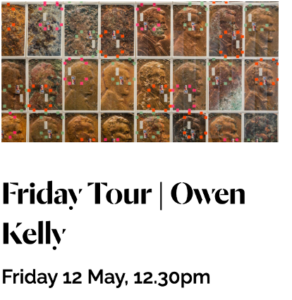
Among other tasks, undergraduate student Charalambia contributed to researching potential ideas and speakers for the Talbot Rice Gallery’s series of events Friday Tours. For example, Charalambia’s research helped with the organisation of the talk (in conjunction with the exhibition The Accursed Share) by Owen Kelly of the University of Edinburgh Business School and the Edinburgh Futures Institute (image on the right), who reflected on the interconnection between debt and justice through the lens of the philosophical thought of Aristotle, Plato and the Byzantine Emperor Justinian. Read more about the event here.
As part of her work supporting the major exhibition of Peter Howson’s work at the City Art Centre, postgraduate student Mia helped to produce a podcast series When the Apple Ripens. In conversation with the show’s curator, she delved into a single painting in each episode to facilitate our understanding of these challenging and complex artworks. Find out more by listening to the podcast.
We look forward to sharing more success stories in the coming year.
The Work Placement Team
-Dr Alina Sinelnyk (Undergraduate History of Art Work Placement Course Organiser)
-Dr Keava McMillan (Postgraduate History of Art Work Placement Course Organiser)
-Dr Elysia Lechelt (History of Art Work Placement Programme Director)

